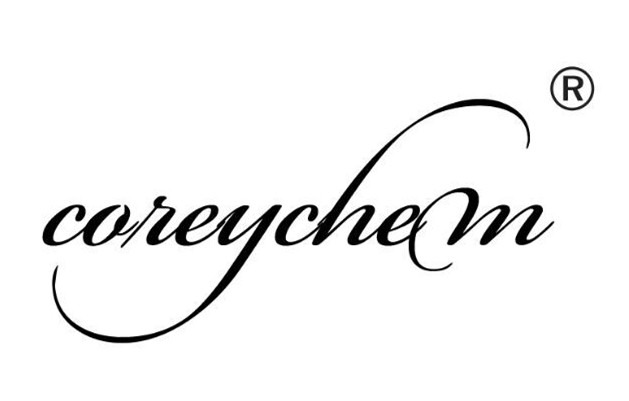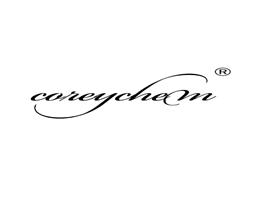Description
Sapropterin hydrochloride is a monoamine biosynthesis enhancer introduced for the treatment of hyperphenylalaninemia.Animal studies indicate that sapropterin hydrochloride increases brain levels of serotonin and enhances the release of acetylcholine from nerve terminals. The compound is also being investigated as a potential cognitive enhancer.
Uses
A natural cofactor for phenylalanine hydroxylase, tyrosine hydroxylase, tryptophan hydroxylase, and nitric oxide synthase. An essential cofactor for the production of neurotransmitters such as catecholamines, serotonin, and nitric oxide. Increasing
Definition
ChEBI: The dihydrochloride salt of sapropterin. It is used for the diagnosis and treatment of variant forms of phenylketonuria (hyperphenylalaninaemia) associated with tetrahydrobiopterin deficiency. Natural cofactor for phenylalanine hydroxylase, tyrosine hydrox lase, tryptophan hydroxylase, and nitric oxide synthetase.
Purification Methods
Recrystallisation of BH4.2HCl from HCl enriches BH4 in the natural 6R isomer. Dissolve the salt (~6g) in conc HCl (15mL) under gentle warming, then add EtOH (30mL) dropwise, chill and collect the colourless needles (67%, up to 99% if the mother liquors are concentrated), and dry it in vacuo immediately over P2O5 and KOH. It is stable indefinitely at -20o in a dry atmosphere. Better store it in sealed ampoules under dry N2. It can be recrystallised from 6N aqueous HCl. It has UV max (in 2N HCl) at 264nm (� 16,770; pH 3.5 phosphate buffer) 265nm (� 13,900); (in pH 7.6) at 297nm (� 9,500) and 260nm sh (� 4,690). It has been separated from the 6S-isomer by HPLC on a Partisil-10SCX column using 30mM ammonium phosphate buffer (pH 3.0) containing 3mM NaHSO3 (2mL/minute flow rate; 275nm detector) with retention times of 5.87minutes (6R) and 8.45minutes (6S). It is stable in acidic solutions and can be stored for extended periods at -20o in 0.04M HCl. Above pH 7 the neutral species are obtained, and these are readily oxidised by the oxygen in the solvent to the quinonoid species, and then further oxidation and degradation occurs at room temperature. These changes are slower at 0o. The sulfate salt can be obtained by recrystallisation from 2M H2SO4 and is less soluble in water than the hydrochloride salt. The 6R-2,5,1',2'-tetraacetylbiopterin derivative has m 292o(dec) after recrystallisation from MeOH (100 parts) and [] 20 -144o (c 0.5, CHCl3), [] 589 +12.8o (c 0.39, Me2SO). [NMR, UV: Matsuura et al. Heterocycles 23 3115 1985, Viscontini et al. Helv Chim Acta 62 2577 1979, Armarego et al. Aust J Chem 37 355 1984, Beilstein 26 III/IV 4032.]

 China
China





